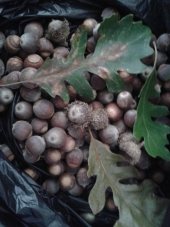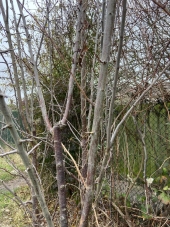
 8
8




 6
6





 5
5




 6
6




greg mosser wrote:smooth, gray, relatively thin bark could say beech around here. do you have european beech in your area?







 7
7




 8
8




"In action, watch the timing."-Tao Te Ching
"Jus' Press"-Ledward Kaapana

 8
8




How Permies works: https://permies.com/wiki/34193/permies-works-links-threads
My projects on Skye: The tree field, Growing and landracing, perennial polycultures, "Don't dream it - be it! "
 6
6




 6
6




 7
7




Perfect The Dwelling Land and support the kickstarter! https://www.kickstarter.com/projects/paulwheaton/garden-cards?ref=90v0pa
 2
2





 4
4




 4
4




 1
1




Being nice, kind, and gracious costs you nothing, and pays huge dividends.

 2
2





- Tim's Homestead Journal - Purchase a copy of Building a Better World in Your Backyard - Purchase 6 Decks of Permaculture Cards -
- Purchase 12x Decks of Permaculture Cards - Purchase a copy of the SKIP Book - Purchase 12x copies of Building a Better World in your Backyard
 1
1





|
Look! It's Leonardo da Vinci! And he brought a tiny ad!
Rocket Mass Heater Resources Wiki
https://permies.com/w/rmh-resources
|






